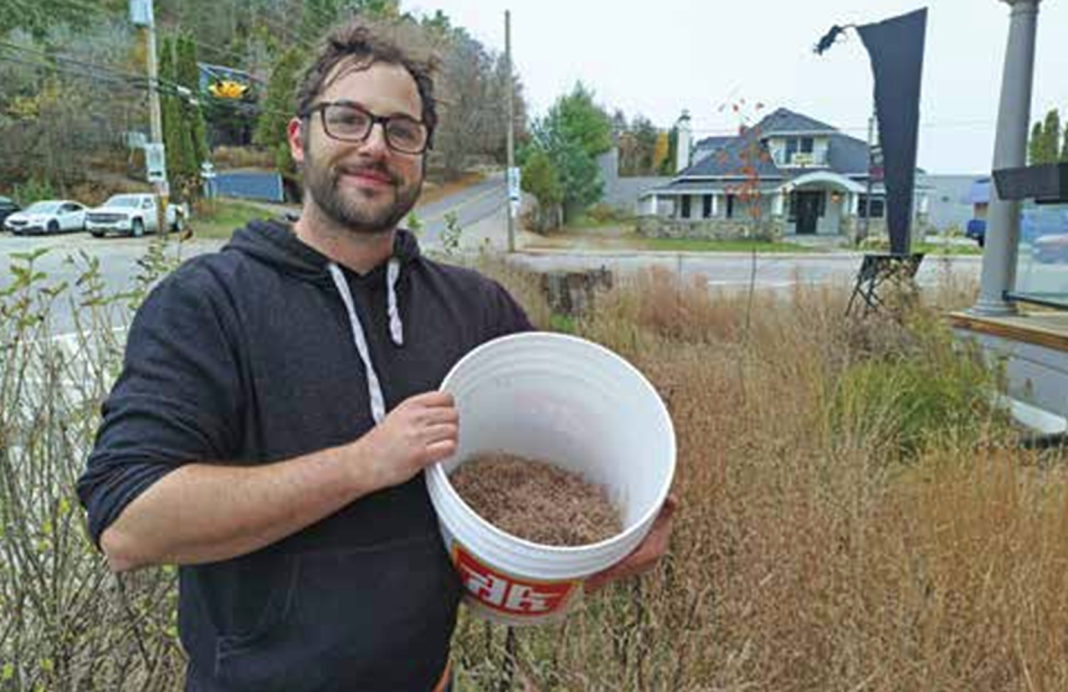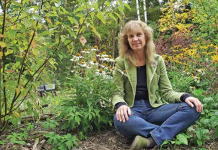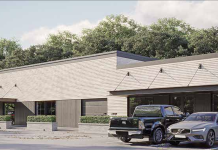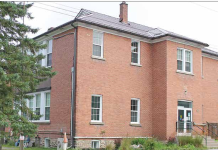Two Haliburton businesses have partnered to help restore prairie grasses in the Oak Ridges Moraine – that may one day help the endangered Kirtland’s Warbler – and other species to survive and thrive.
Baz Conlin of Haliburton Micromeadows has been contracted by the Northumberland Land Trust, part of the larger Oak Ridges Moraine Land Trust. He said the two Land Trusts are working with partners to restore 80 hectares for the bird, and other species, including those threatened (Barn Swallow, Bank Swallow, Bobolink, Eastern Meadowlark, Eastern Whip-poorwill, Grasshopper Sparrow, Eastern Hognosed Snake) and those of special concern (Golden-winged Warbler, Snapping Turtle, Midland Painted Turtle, and Monarch Butterfly).
Kirtland’s Warblers have very specific habitat requirements, typically nesting in well-drained sandy soils covered in large forests of young Jack Pine, a habitat often created by fire. They lay their nests on the ground, hidden away under low lying branches of young Jack Pines with a thick cover of understory plants, such as grasses, sweet-fern and blueberry.
That’s where Conlin comes in – helping to bring the grasses that are needed.
“Basically, they are trying to restore a shortgrass prairie full of native grass species, and then they’re creating a young Jack Pine forest in this area to try to create habitat for these birds, so it’s like a bottom-up restoration project,” Conlin said.
He added they are looking for different species of grasses that would have originated in Pine-Oak savannah or tall prairie grass ecosystems. However, because of development, and fire suppression, there’s less than one per cent of the original coverage in Ontario.
“So, finding large enough populations of these species in order to collect enough seed to sow 80 hectares is a lot. You need about three to five pounds per acre of seed and the seed weighs nothing.” He added it’s very hard to collect in the wild and takes an inordinate amount of time.
One of the grasses is Little Bluestem, which Simon Payn of Grounded has planted at his Lucas House garden, which houses Grounded, The Highlander, Lebo Law, and Corner Gallery.
“The grass that Simon’s growing, Little Bluestem, is a major component of these ecosystems and his seeds come from a very small remnant population in the Pontypool area of Kawartha Lakes,”
Conlin said. He believes they are from a Hydro corridor there. Conlin visited the Lucas House garden and was able to collect about 10 gallons of seed, which ended up being three to five pounds, enough to restore a large area in the Moraine.
He said there are seed purveyors in Ontario, but the seeds are often cultivated from the northern U.S. and don’t produce what he is looking for. “
By collecting the seeds that Simon’s grown, we are preserving local genetics, and we are getting those local genetics back onto the land to essentially restore those tree (such as Jack Pine) populations.”
He added that Abbey Gardens have also offered Little Bluestem grass from their sand pit restoration as a seed source in the future.
For now, though, he said, “we have this small little planting from The Highlander that comes from seeds from a very rare isolated population and the genes of that plant are being preserved by collecting those seeds at The Highlander and then sowing them on this large property, and it’s a partnership between all these groups.” Another contributor is Fleming College, Peterborough, which sowed the seeds at the site.
Payn said, “I love that the garden at Lucas House is breathing new life into a prairie. It shows how we here in the Highlands can work together and help the natural world.”





